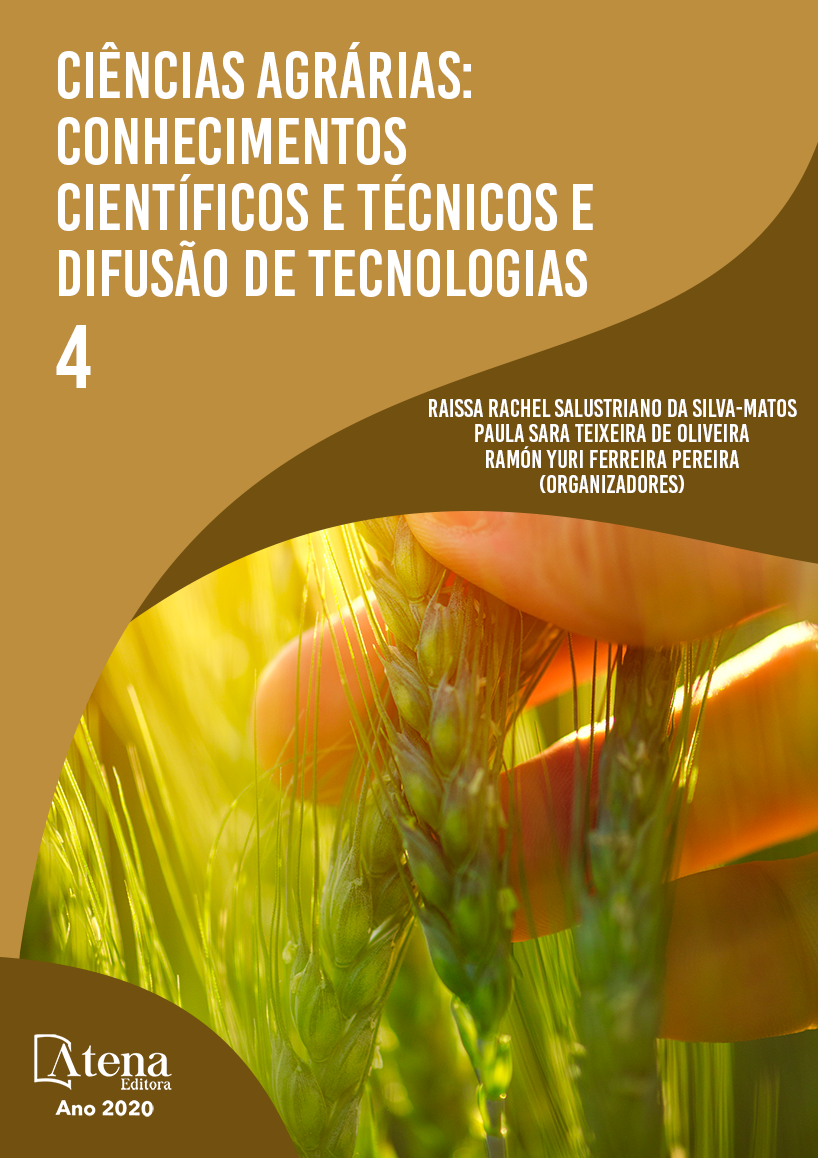
ETNOBOTÂNICA E O USO DE PLANTAS MEDICINAIS: UM RELATO DE EXPERIÊNCIA
O conhecimento sobre plantas medicinais simbolizam um recurso terapêutico para muitas comunidades e grupos étnicos há séculos. As informações sobre o uso e a eficácia das plantas medicinais contribuem para a divulgação dos benefícios terapêuticos. Nesse ínterim, este estudo teve como objetivo a comparação das plantas medicinais utilizadas pela população atendida na atenção básica na Cidade de Passo Fundo/RS, comparada a literatura científica. Este estudo pautou-se por uma pesquisa descritiva de caráter exploratório com a população atendida na Unidade Básica de Saúde Jardim América, em Passo Fundo/RS. Como instrumento da coleta de dados, os participantes da pesquisa responderam a um questionário semiestruturado, onde o mesmo foi validado por pesquisadores da área de saúde. As amostragens foram identificadas, catalogadas e comparadas com a literatura. Obteve-se a indicação de 20 espécies de plantas. Entre as enfermidades mais utilizadas foram: redução do colesterol, controle da pressão arterial e dores abdominais (11,11%), digestão e cicatrização (8,33%), hepatopatias e inflamações (5,55%), outras indicações (27,77%). A malva (Malva sylvestris L.) usada para a diarreia, bronquite e asma teve resultados semelhantes num estudo em Campina Grande, PB. A marcela (Achyrocline satureioides (Lam.) DC.) utilizada para dores abdominais assemelha-se a terapêutica em uma comunidade de Porto Alegre, RS. O picão (Bidens pilosa L.) foi descrito como anti-inflamatório e, no nosso estudo, como cicatrizante. Em um estudo em Formosa da Serra Negra, MA utilizam a erva-de-santa-maria (Chenopodium ambrosioides L.) como diurético e hepatopatias diferentemente dos nossos achados que a indicam como anti-helmíntico. Embora a medicina herbal seja mantida através da hábitos tradicionais, no estudo ficou evidenciado que a regionalidade influi diretamente na sua indicação. Busca-se maiores incentivos acadêmicos em frentes de pesquisa para grandes abordagens estimulando o entendimento da ação dos fitoterápicos e sua importante ação no tratamento das doenças.
ETNOBOTÂNICA E O USO DE PLANTAS MEDICINAIS: UM RELATO DE EXPERIÊNCIA
-
DOI: 10.22533/at.ed.88620150711
-
Palavras-chave: Fitoterápicos, tratamento, etnobotânica
-
Keywords: Phytotherapics, treatment, ethnobotany.
-
Abstract:
Knowledge about medicinal plants has symbolized a therapeutic resource for many communities and ethnic groups for centuries. Information on the use and effectiveness of medicinal plants contributes to the dissemination of therapeutic benefits. In the meantime, this study aimed to compare the medicinal plants used by the population served in primary care in the city of Passo Fundo / RS, compared to the scientific literature. This study was guided by an exploratory descriptive research with the population served at the Basic Health Unit Jardim América, in Passo Fundo / RS. As an instrument of data collection, the research participants answered a semi-structured questionnaire, where it was validated by health researchers. The samples were identified, cataloged and compared with the literature. An indication of 20 plant species was obtained. Among the most used diseases were: cholesterol reduction, blood pressure control and abdominal pain (11.11%), digestion and healing (8.33%), liver disease and inflammation (5.55%), other indications (27, 77%). Mallow (Malva sylvestris L.) used for diarrhea, bronchitis and asthma had similar results in a study in Campina Grande, PB. Marcela (Achyrocline satureioides (Lam.) DC.) Used for abdominal pain is similar to therapy in a community in Porto Alegre, RS. The stick (Bidens pilosa L.) was described as anti-inflammatory and, in our study, as healing. In a study in Formosa da Serra Negra, MA they use the herb-de-santa-maria (Chenopodium ambrosioides L.) as a diuretic and liver disease, differently from our findings that indicate it as anthelmintic. Although herbal medicine is maintained through traditional habits, the study showed that regionality directly influences its indication. Greater academic incentives are sought in research fronts for great approaches, stimulating the understanding of the action of herbal medicines and their important action in the treatment of diseases.
-
Número de páginas: 10
- José Fernando Dai Prá.
- Valmíria Antônia Balbinot
- Fernanda Michel Fuga
- Micheline Machado Teixeira
- Maria Aparecida de Oliveira Israel
- Eidimara Ferreira
- Rafael Garcia
- Maykon de Oliveira Felippe
- Hellany Karolliny Pinho Ribeiro
- THAIS CAROLINE FIN


